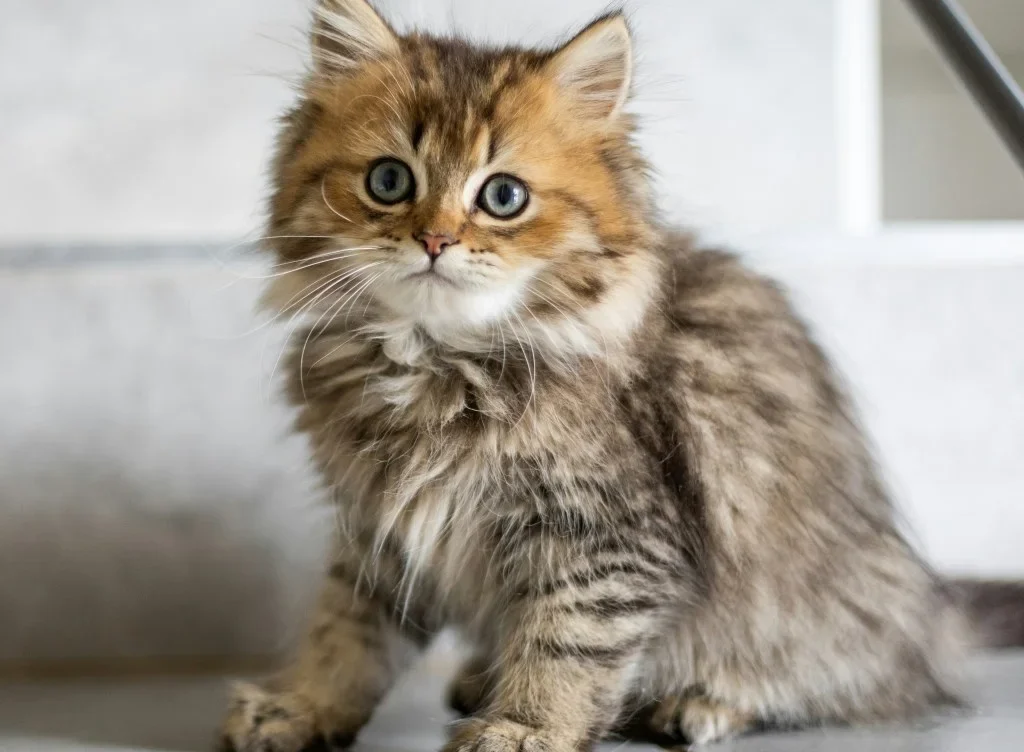
Ultimate Guide to Preventing Hairballs: Grooming and Care Tips for Cats
Hairball Season: Grooming Tips and Extra Clean Ups
Dealing with hairballs is a real concern for cat owners, especially during the high shedding seasons. Luckily, with a few proactive grooming strategies and maintaining a pristine living environment, the battle against hairballs can be won. We’re here to guide you through understanding the reasons behind hairball formation and offering practical solutions to keep your furry friends happy and healthy.
Understanding Causes of Hairballs in Cats
Cats are meticulous groomers, their unique tongues adorned with hook-like structures called papillae help them to clean and detangle their fur, inadvertently swallowing hair in the process. While most hair passes through the digestive system without issue, some remains in the stomach and forms hairballs. Overgrooming, often triggered by stress, skin issues, or allergies, can exacerbate this condition, increasing the frequency of hairballs.
Poor diet can also contribute to the likelihood of forming hairballs. Diets low in moisture and fiber aren’t optimal for digestive health, which can hinder the natural expulsion of ingested hair. Integrating a balanced diet with a mixture of high-quality wet and dry food, rich in fibers and essential fatty acids, can significantly improve your cat’s coat and digestion, thereby reducing hairball formation.
It’s important to observe your cat’s grooming habits and stool quality. If you notice excessive hair in the litter box or your cat struggling with hairballs, it might be time to consult your veterinarian. Professional advice can provide tailored solutions based on your cat’s specific health needs.
Effective Grooming Techniques
Grooming is not just about aesthetics; it’s a crucial component in managing hairballs. For long-haired breeds, daily brushing is recommended, whereas short-haired cats may require only weekly sessions. This frequent brushing removes loose hair effectively, reducing the amount your cat ingests during self-grooming.
Turn grooming into a bonding activity. Cats associate grooming with affection, which can reduce anxiety and overgrooming behaviors. Equip yourself with the right tools such as a soft bristle brush or a grooming glove. These are gentle on your cat’s skin and effective in collecting loose fur.
If your cat is finicky about being brushed or if you’re unsure about how to handle matting and tangles, seeking help from a professional groomer can be a huge relief. Professional groomers are skilled in managing feline coats and can provide valuable advice on maintaining your cat’s coat health.
Additional Strategies for Hairball Prevention
Post-grooming clean-up is vital. Using fragrance-free baby wipes or a damp paper towel to gently wipe down your cat’s fur can catch stray hairs before they are licked up. This simple step adds an extra layer of protection against hairballs forming.
Considering your cat’s environment is also important. A clean, stress-free environment can reduce compulsive grooming behaviors. Make sure your home is enriched with engaging toys and perches, and keep it clean from irritants that can cause skin itchiness or allergies.
Lastly, regular veterinary check-ups play a critical role in monitoring your cat’s health. A vet can provide insights into whether your cat’s grooming habits are normal or a sign of a health issue. Always prioritize professional guidance to ensure the well-being of your pet.
Conclusion
While hairballs are a common feline issue, they don’t have to be a major problem. With proper diet, regular grooming, and a clean environment, you can drastically reduce the occurrence of hairballs. Remember, each cat is unique, so adjust these tips to suit your cat’s needs and don’t hesitate to seek advice from your vet for any concerns. Here’s to a healthy, happy, and hairball-free life for your furry friend!
